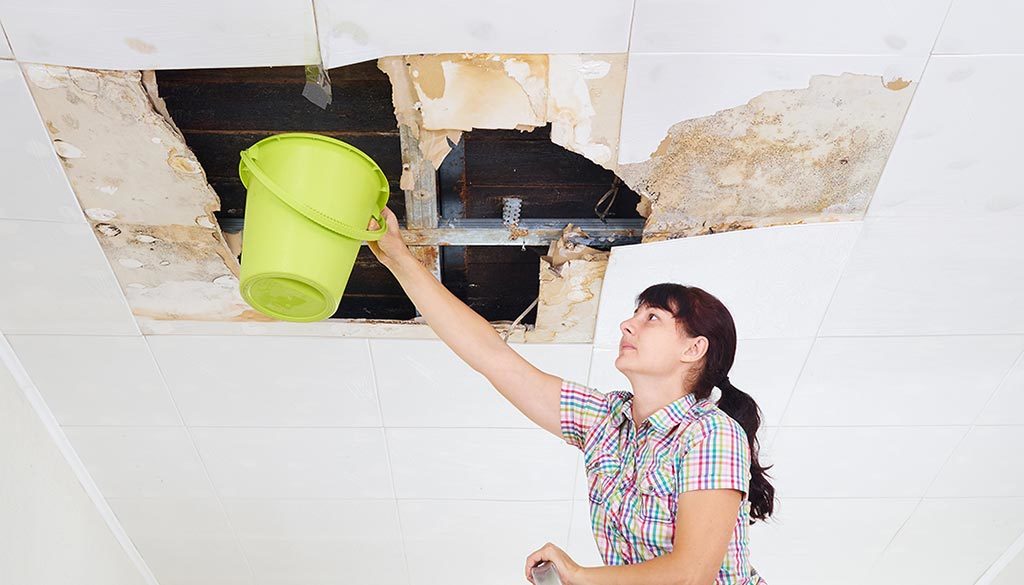Vital Steps for Reliable Water Damages Restoration in Your Home
Water damage in your house can be an upsetting incident that requires immediate focus and systematic restoration. When faced with water damage, knowing the necessary actions to take can make a considerable distinction in the result of the repair procedure. From recognizing the source of the damages to the last repair work and restoration, each action plays a critical duty in making certain the performance of the reconstruction efforts. By adhering to a structured method, you can not only reduce the damages but likewise safeguard the wellness and honesty of your home (mold removal albany ny).
Identify the Water Damages Resource

To recognize the water damages resource, beginning by visually checking your home for any kind of noticeable indications of water leak or merging. Inspect locations prone to water damages such as basements, attics, and around pipes components.
In situations where the resource of water damages is not promptly noticeable, speaking with an expert water damages remediation company can offer proficiency in situating and addressing the underlying cause efficiently. Swiftly recognizing and resolving the water damages resource is important in minimizing the level of damage and guaranteeing an effective reconstruction process.

Eliminate Excess Water
To successfully reduce water damage in your house, prompt removal of excess water is necessary to avoid additional structural harm and mold growth. The initial step in getting rid of excess water is to recognize the resource and stop the water from getting in the home. Once the source is managed, begin drawing out standing water using specialized tools such as water pumps, wet/dry vacuums, and dehumidifiers. It is critical to act swiftly, as stationary water can seep right into wall surfaces, floorings, and furnishings, causing irreversible damages. Beginning by concentrating on the most damaged areas and slowly work in the direction of drying the entire space.
When removing excess water, focus on security by guaranteeing that power is switched off in flooded areas to avoid electric risks. In addition, put on safety equipment such as handwear covers and boots to reduce contact with polluted water. Be extensive in the removal process, as even percentages of wetness left behind can cause mold and mildew development and endanger the structural stability of your home. By quickly getting this link rid of excess water, you can considerably decrease the degree of water damages and recover your home to its pre-damaged problem.
Dry Affected Locations
Trigger removal of excess water establishes the structure for the following crucial action in water damages repair: drying out the influenced areas completely. When the standing water has been extracted, the emphasis changes to drying the area entirely to avoid more damages and mold and mildew development.

Additionally, making use of customized devices like wetness meters can aid in determining surprise pockets of dampness within walls or flooring, making sure a comprehensive drying out strategy. It is essential to keep track of the drying out development routinely to stop any kind of troubles or possible mold and mildew invasions.
In situations of considerable water damages, looking for expert assistance from water damage reconstruction specialists is a good idea to make certain thorough drying out and protect against long-term architectural issues. Keep in mind, extensive drying is essential to successful water damage restoration and avoiding future complications.
Clean and Disinfect
After drying out the affected areas, it is essential to clean up all surfaces with soap and water. Making use of EPA-approved disinfectants can aid in neutralizing prospective health dangers existing in standing water or moisture-soaked materials.
When cleansing and disinfecting, it is important to use ideal protective equipment such as handwear covers, masks, and safety glasses to protect yourself from any kind of dangerous compounds. Pay unique interest to areas that are commonly overlooked, such as concealed corners, wall surface tooth cavities, and under floor covering, as they can harbor moisture and germs, bring about mold development and nasty odors if left unattended.
Repair and Restore Damaged Locations
After completing the cleaning and disinfection process, the following vital action in water damage repair is to repair and recover the damaged locations in your home. When the affected areas have actually been completely cleaned up and decontaminated, it is vital to assess the level of the damages to identify what repairs are essential. This may involve fixing architectural damage, changing drywall, fixing floor covering, or bring back other damaged furniture and possessions.
It is crucial to address water damage promptly to avoid additional problems such as mold development or structural deterioration. Working with specialist service providers or reconstruction professionals can ensure that repair services are done properly and effectively. They have the competence i thought about this and equipment to handle water damage reconstruction successfully.
When fixing and restoring damaged areas, it is essential to use top quality products that are immune to water damage to stop future problems. Additionally, making certain appropriate air flow and moisture control in the brought back areas can aid protect against mold development and preserve a healthy and balanced interior environment. By addressing water damage promptly and efficiently fixing and recovering damaged areas, you can guarantee the long-lasting security and integrity of your home.
Verdict
In conclusion, efficient water damage remediation in your home requires identifying the resource of the damage, eliminating excess water, drying influenced areas, cleaning and disinfecting, and repairing harmed areas. By following these important actions, you can alleviate the impact of water damages and recover your home to its pre-damaged condition. It is important to act immediately and completely to prevent additional damage and ensure a risk-free and healthy living environment.